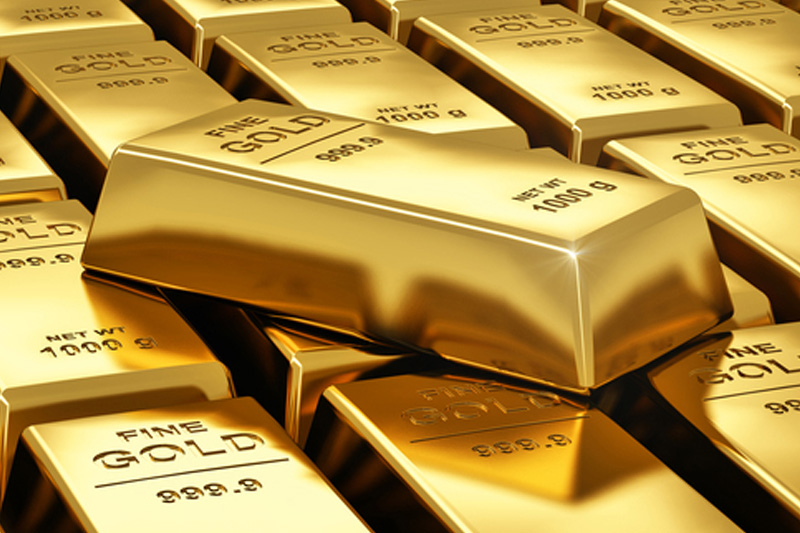By Barani Krishnan
Investing.com – Barely a day after retreating on reduced trade-war tensions, gold was up and running again on Wednesday as an inverted yield curve drove investors away from risk and into the yellow metal.
Spot gold, reflective of trades in bullion, was up $18.51, or 1.2% at $1,519.86 per ounce by 2:43 PM ET (18:43 GMT) as the yield on the U.S. 10-year Treasury fell below that of the 2-year. It was the first inversion of the yield curve since 2007 and heightened fears of a worldwide economic slowdown.
Gold futures for December delivery, traded on the Comex division of the New York Mercantile Exchange, settled up $13.70, or 0.9%, at $1,527.80.
December gold hit six-year highs of $1,546.10 on Tuesday before sliding, as the U.S. Trade Representative delayed until December a 10% import tariff on laptops, cell phones, video-game consoles and other made-in-China products.
In Wednesday’s session, however, gold prices were back up on worries over a potential global recession, which led to an investor rush into the precious metal, which has risen more than 5% so far in August.
“The last three times (the yield curve inverted), U.S. recessions soon followed,” Investing.com global markets analyst Jesse Cohen noted.
The yield on the 30-year bond hit an all-time low, while the yields on the German 10-year bund and the French 10-year OAT marked fresh record lows in negative territory.
Lower yields are beneficial to gold as they reduce the opportunity cost of holding the non-yielding precious metal. With more than $1 trillion in publicly traded debt now yielding below zero, holding gold currently offers a widening nominal premium.
Many theories describe the causal mechanism between yield inversion and recession, but the key point is a lack of confidence in the current interest-rate environment, specifically that yields will not be able to sustain their current rates over the long term.
Data released earlier showed that Chinese industrial-output growth hit its lowest level in 17 years, while the German economy contracted in the second quarter. Analysts signaled both data points as signs of the negative impact from trade conflicts, especially the U.S.-China dispute.
Despite news a day earlier that President Donald Trump had decided to delay the implementation of tariffs on some Chinese goods from Sept. 1 to Dec. 15, National Australia Bank economist John Sharma said that “the trade dispute is still not resolved."
He added that the risk of further civil unrest in Hong Kong, trends in global growth and at least one more interest-rate cut from the Federal Reserve were all factors supportive of gold.
